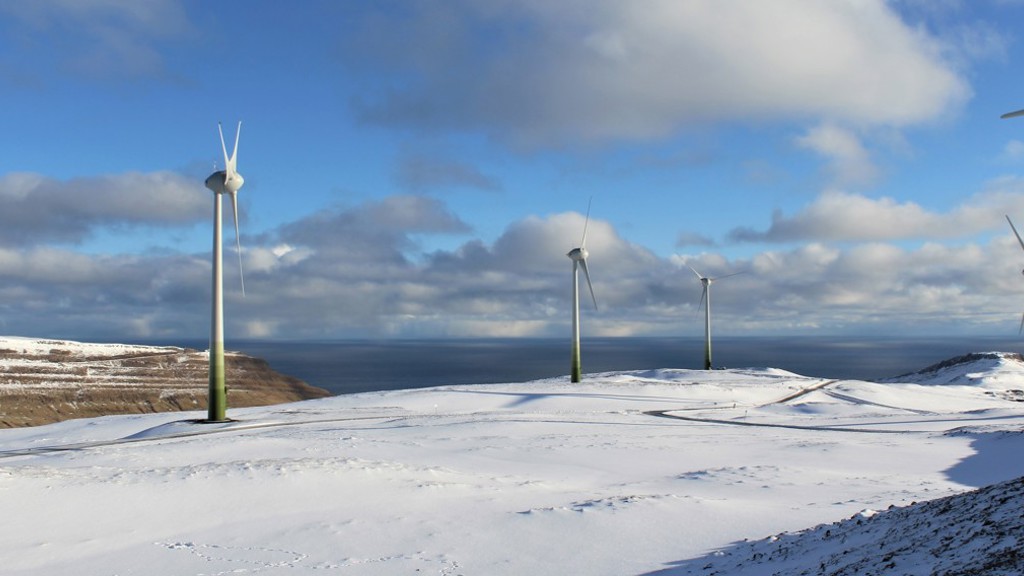
The new Faroese Government wants to increase the pace of the green transition in the Faroe Islands, both with new technologies to optimize existing renewable power installations and a huge potential to expand green energy, in particular wind and tidal power.
New Environment Minister Ingilín D. Strøm is fully committed to reducing the dependency on fossil fuels significantly, and sooner rather than later.

New Environment Minister Ingilín D. Strøm
Ambitious goal
The Government´s goal is for all onshore electricity to be generated from renewable sources by 2030.
To better exploit the domestic energy potential in the Faroe Islands, the Government’s policy is to transform the heating of buildings from oil to electricity and to shift the electricity production from oil to renewables. The transport sector will also be powered by green electricity, produced entirely from renewable sources.
Excellent testing site
Brand new wind farms have been a significant step towards greening the Faroese power supply, and one of the next big projects is developing the tidal power sector. The currents around the Faroe Islands have been extensively researched, and there is growing interest from foreign investors, who see the Faroe Islands as an excellent testing site for scalable projects.
Record year
Last year was a record year for green energy in the Faroe Islands. In 2022, more than half of the electricity from public energy supplier SEV came from renewable sources. SEV accounted for 90.8% of the total energy production last year. Private suppliers Vindrøkt and Røkt produced 7.9% and Førka (biogas) 1.3 %.
The main picture in this article: SEV
